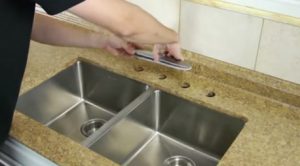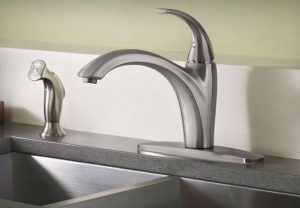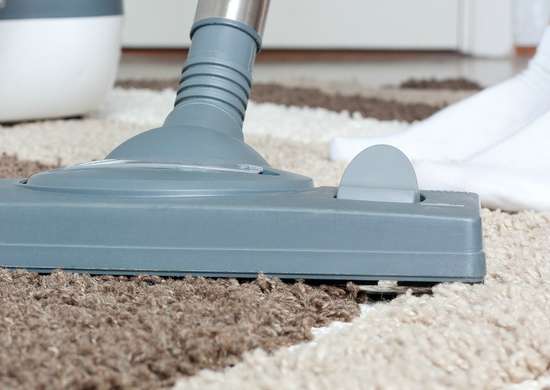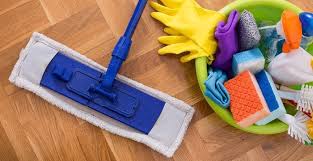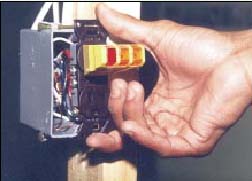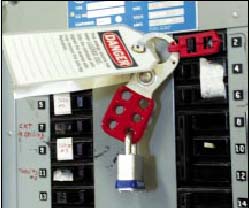Why is My Car Accident Settlement Taking So Long?
It depends on the case when it comes to knowing how long it will take for a car accident case to settle. Occasionally, a car accident settlement can take a long time due to unforeseen circumstances. Every car accident case is determined either by an out-of-court settlement or by trial. Either way, it is possible to take a long time. Here are some factors that can cause a car accident settlement to take a long time.
Trial
The majority of motor vehicle accident cases do not go to trial. Most personal injury attorneys avoid going to trial for the following three reasons.
An attorney knows what your car accident case is worth. Due to the experienced of an attorney, they have a good idea of what your injuries cost for medical treatment and damages. Your attorney can usually determine a fair value for your case without the input of a court.
A jury is unpredictable. When it comes to personal injury cases such as a car accident, juries have a hard time being objective. A jury may relate to one party over another or they may be unsympathetic to either party if they have experienced a car accident themselves. A good attorney does not want to leave their client’s chances up to the whim of a jury.
The cost to go to court is not worth it. Court proceedings are costly, and most attorneys are not willing to upfront the cost of a trial. Instead, an attorney will want to negotiate in a settlement.
In the event that one of the parties involved will not agree to settle, the case will go to trial. The time a trial takes varies from case to case. Typically, you can expect a personal injury case in a trial to take at least a year from the date of the accident to the conclusion of the trial.
Problems with the Case
Sometimes a car accident settlement can take a long time because of problems with the case. For example, proving that the other driver was 100 percent at fault may be difficult and take time if it is questioned at the time of the accident. Your attorney may need to take some time to investigate the accident and prove that the other driver is liable.
Another problem that could prolong a settlement of your case is if the insurer does not accept the evidence. In this case, your attorney may need to file suit and take the case to trial.
Big Settlement
If your case has the potential for a large payout, it may take a long time to settle. No insurance company likes to hand over large sums of money without a fight. For example, if your injuries are severe from the accident or involve lifelong disability, you could receive a large settlement. The insurance company, however, may delay the case in hopes that you will settle for less.

Common Causes of Car Accidents & Injuries
The car accident lawyers help clients who sustained injuries in single and multiple car accidents. Whether your crash involved a head-on, rear-end, or side-impact collision, They protect your legal rights and help you recover financial compensation from the party who caused your accident.
Some of the most common reasons for Denver car accidents include
- Impaired driving
- Reckless driving
- Distracted driving
- Negligence
- Road hazards
- Vehicle failure or defect
- Trucks and busses
- Failure to yield

Pain and Suffering Multiplier
The multiplier method is an equation frequently used by insurance companies and is a common way to calculate pain and suffering damages. You add up all actual damages (also called special damages) and multiply that number by a number between 1.5 to 5. The number by which you multiply is called the “multiplier,” which indicates the degree of seriousness of your pain and suffering and any other general damages you suffered.
For example, if you sustained serious injuries, the multiplier should be close to 5, and it can possibly go higher (6 or 7) if your injuries are very serious. Use FindLaw’s Damages Estimate Worksheet to determine the seriousness of your pain and suffering damages. Here are some factors to consider in determining the appropriate multiplier for your pain and suffering:
- The obviousness of the other driver’s fault
- Seriousness of your injuries (e.g., permanent disability)
- Clear proof of pain and suffering based on verified documents
- Period of recovery
Keep in mind that the amount calculated with the multiplier method is an estimate – there’s no guarantee that you will receive that amount. If you apply a high multiplier without justification, the insurance company can deny your claim. So, make sure your calculations are supported by accurate facts and documentation.
Sample Multiplier Calculation
Here’s a sample scenario to help illustrate how the multiplier method works in practice. While you were driving on a highway, a car behind you carelessly bumped into your vehicle. As a result, you hit your face on the steering wheel and sustained a broken nose and teeth. Not only do you need to undergo a surgery, you are now suffering from chronic pain. You can no longer eat and speak without feeling sharp pain and discomfort.
Your special damages, including medical expenses, lost wages, and other treatment bills, are $10,000. Your multiplier would most likely be close to 5 because you are suffering from broken bones and long-lasting disability. So, your total estimate of damages, including pain and suffering, would be: $10,000 (special damages) x 5.0 (multiplier) = $50,000.
Evidence of Pain and Suffering
Before you start calculating your damages, it’s important to remember that pain and suffering damages must be supported by evidence. In minor cases, medical records or doctor’s note may be sufficient. However, if it involves more serious injuries, you might need to provide witness testimonies, if available, and other supporting documents such as police report, medical treatment bills, and photos of your injuries. If you have no evidence of pain and suffering, the insurance company will assume you didn’t experience it.

How to Dispute Fault for a Car Accident
If you’re involved in a car crash in one of the many fault-based car insurance states, and an insurance company (either yours or another driver’s) denies your claim because they wrongfully consider you to be at fault for the car accident, you need to immediately notify the insurance company — via phone and in writing via a follow-up letter — that you dispute their finding of fault.
If the insurance company’s determination is based on the fact that you received a traffic violation in connection with the accident, or if the insurer is basing its conclusion on the police report issued in the wake of the incident, you must fight the ticket in court and/or attempt to speak with the investigating officers to present your side of the story. If you disagree with the police report, you may even be able to get it amended.
Often, voicing your disagreement will result in further investigation that could lead to revised findings. At the very least, it begins to create a record of your disagreement that may be important further down the line.
Some insurance companies have internal policies regarding disputed fault investigations, and you may be asked to give a statement or present your side of the story to an insurance adjuster. It is important to know your rights in these situations, as you don’t want to make any kind of statement that may hinder your ability to recover should your claim proceed to the lawsuit phase. If you are disputing liability, it may make sense to get a lawyer involved on your side, even if just in an advisory capacity.
Who is eligible for pain and suffering in a car accident claim?
Pain and suffering is a catch-all term. Legally, it’s known as general damages. Your general damages are the non-financial losses you suffered—anything from emotional anguish to physical pain. Permanent injuries, disabilities, and an inability to work are all losses that count under this category.
Basically: if you have losses that go beyond your medical bills and lost work time, you are probably eligible for pain and suffering.
How much money should I ask for pain and suffering?
Because pain and suffering is not based on actual financial costs, it’s hard to quantify an exact amount to pay. But insurance companies have come up with a formula to try to do so.
There are three parts to this formula:
- They start with the amount you’re already owed. That means adding up all your medical costs, car repairs, and other hard costs. This is the easy part of the equation.
- Then they try to “rate” the severity of your situation. If this sounds hard, it is. And it’s very subjective. But there is some logic to it. For example, living with pain for several months is bad, but living with pain for the rest of your life is worse. And if you’re left unable to walk, that might be even worse still. Based on how severe your suffering has been, they assign a number to it between 1 and 5.
- Then the starting cause is multiplied by the rating. For example, if you had $50,000 in medical costs and other hard costs, and your suffering was rated at about a 3, then the pain and suffering damages should come to about $150,000 (3 x $50,000 = $150,000).
This system is far from perfect, but it tends to work: people who have suffered more get paid a lot more money. But you still have to prove your case. Unfortunately, insurance companies are notorious for undervaluing pain and suffering damages. This is why it’s so important to have a lawyer represent you.


